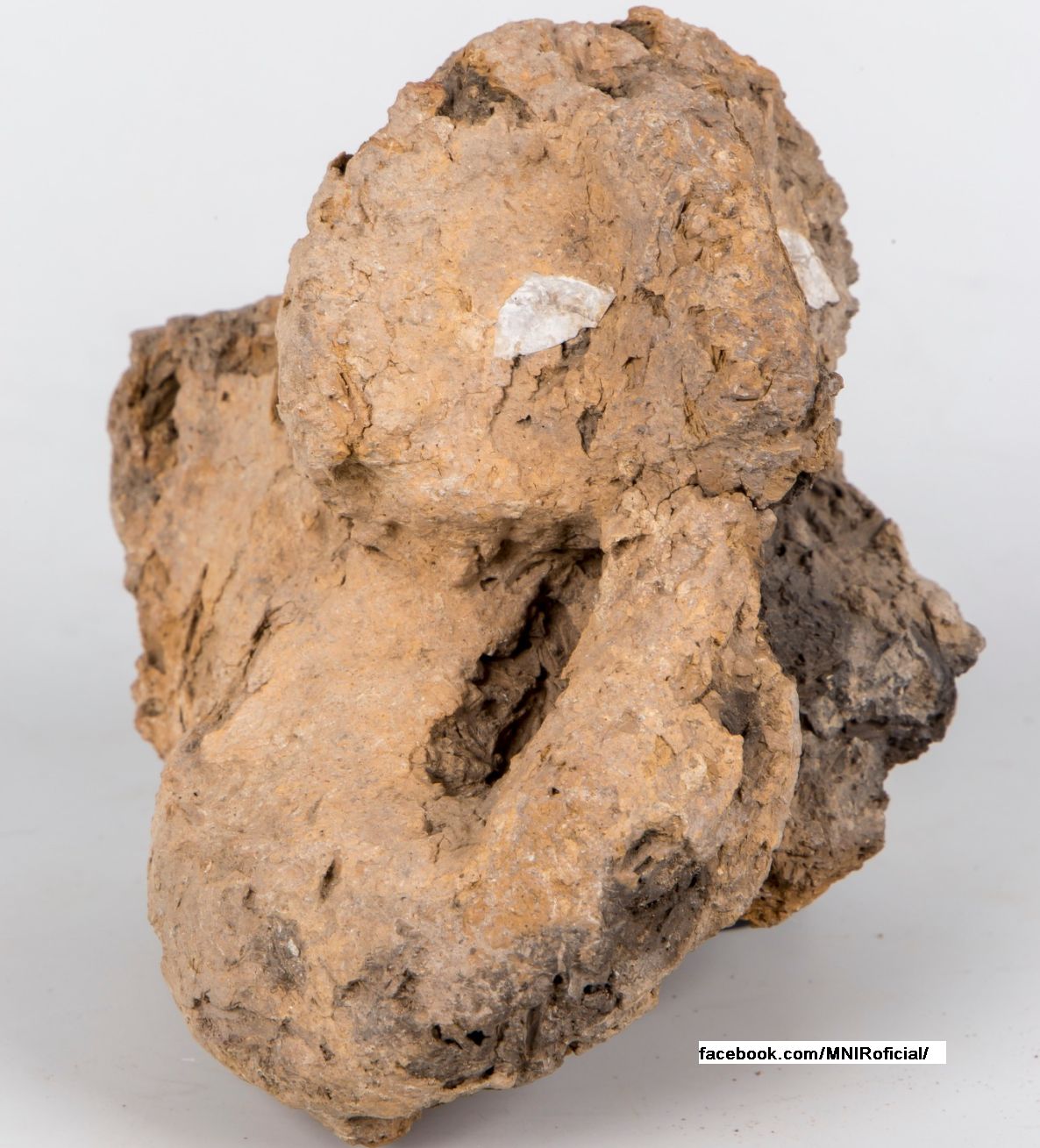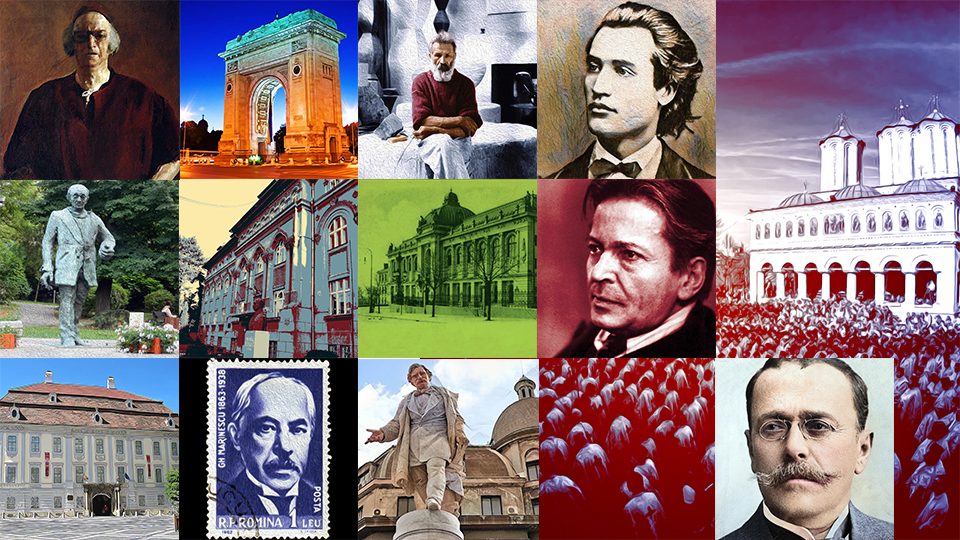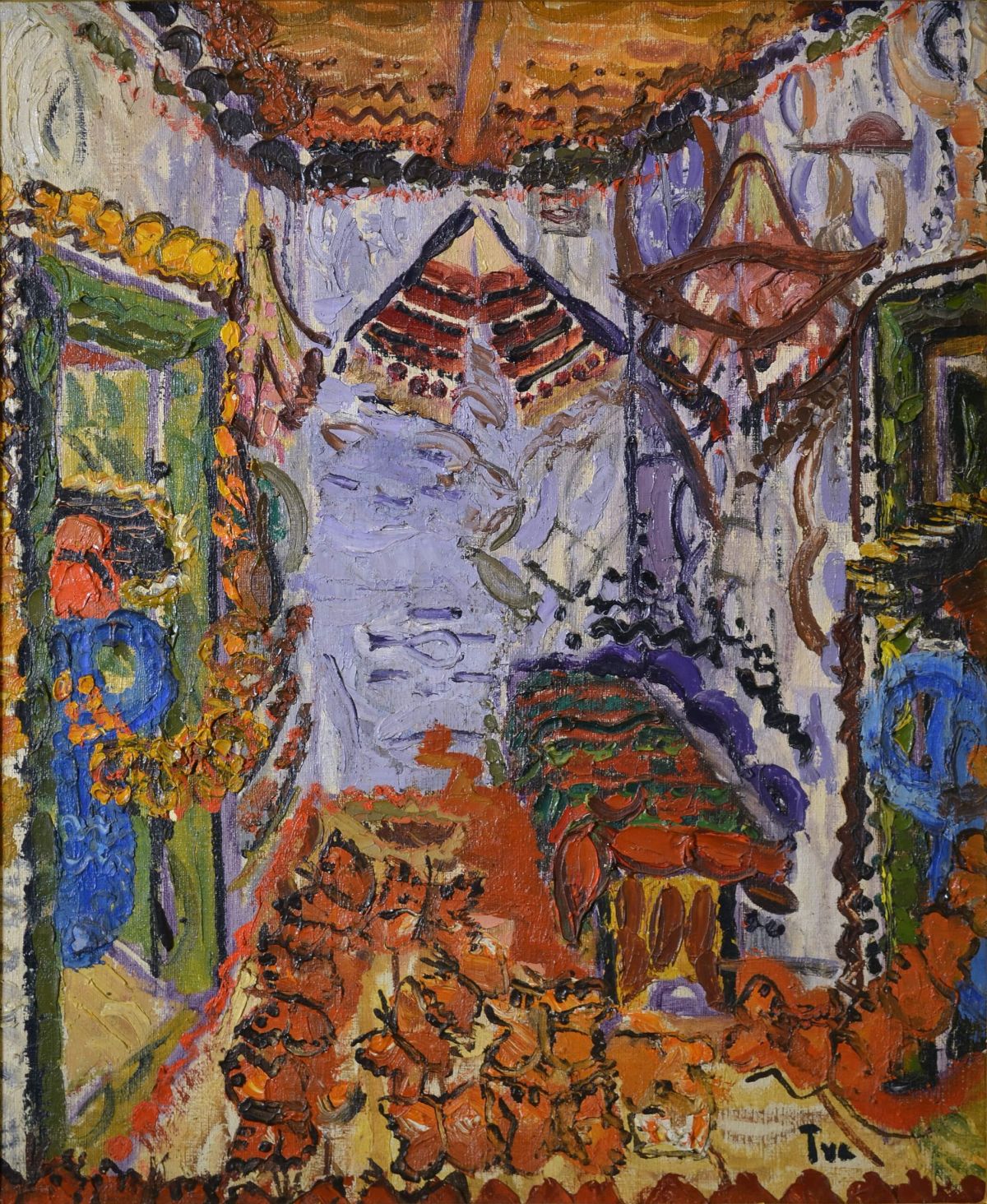Tradition and innovation in Romania’s literary circles
The legend of the literary circles in 19th century Bucharest

Christine Leșcu, 21.11.2021, 14:00
Literary circles are essential
for the evolution of literature. Romanian literature has never been in short
supply of such circles, especially during the country’s modernization and in
its bid to harmonize domestic literature with the Western one. From the second
half of the 19th century and until the instatement of communism, several
noted literary circles had a strong bearing on Romanian literature. Among them,
worth mentioning is Junimea, a literary circle founded in Iasi, in the north-east,
in 1863, by a group of Romanian intellectuals with civic and political involvement,
headed by Titu Maiorescu. Sburatorul is another noted literary circle, founded in
Bucharest by professor and literary critic E. Lovinescu in the early 1920s. At
that time, Sburatorul was responsible for the synchronization of Romanian
literature with the literary trends of Western Europe. Yet apart from those two important literary
circles, many other circles existed in Bucharest, some of them staged by aristocrats
with artistic leanings, while other circles were initiated by bohemian artists,
who were rather poor. As for the literary circles in Bucharest, they were
connected to the rhythms of the city, turning the houses and the streets where
they were held into the capital city’s mythical, legendary places.
Victoria Dragu-Dimitriu’s recently-published
volume, Tales of old-time literary circles of Bucharest, traces the
biography of those places, laden with the atmosphere of old-time artistic and literary
debates. Also, the book reshapes a literary geography that has been lost,
partially, since some of the historical buildings had been demolished because
of a dictatorial regime’s desperate need to erase as many traces of the past as
possible. One such example is Titu Maiorescu’s house located in the city centre
of Bucharest, a place where in late 19th century the last Junimea literary
circle sessions were held and where Mihai Eminescu got round to reading an
early version of his poem The Morning Star, Luceafarul in Romanian. However, not
exactly at the heart of Bucharest, but on one of the nearby streets which
survived to this day, preserving its historical flavour almost unaltered, the
villa is still standing, where the Zoe Mandrea’s literary circle used to be held.
Bucharesters are very familiar with the street where you can find the villa, since
it is on the same street that Radio Romania’s main building can also be found.
We’re speaking about General Berthelot Street of today, whose name has been
changed many times throughout the years, just as the house where boyar lady Zoe
Mandrea used to live changed its many owners, in time, today serving as the…headquarters
of a police station.
Victoria
Dragu-Dimitriu gave details on what was going on in that literary circle in
the final years of the 19th century.
They never
called it a literary circle, as far as I remember, since it was, in fact, a
literary salon. At that time the name of the street was Fantanii, the Fountain
Street. Those who attended Zoe Mandrea’s salon showed up walking along Fountain
Street and there were not few people attending, and there were not only members
of the Romanian aristocracy or of the intellectuals in very high positions,
there were also noted writers. The spoilt guests of the literary circle were Barbu Ștefănescu-Delavrancea and Alexandru Vlahuță. But Eminescu would
come as well, there even was a time when he used to come more often, I think, Titu Maiorescu also
came, himself and his family. Many people of noble origin had been wandering
through, there.
In
the first part of the 20th century, the literary avant-garde also had its own
literary circles that were extremely non-conformist, they were held right on
the streets of Bucharest, nearby the Lazar high-school, for instance, where Demetru Dem. Demetrescu-Buzău,
used to be a pupil, he was the weird author whose penname was Urmuz. When still
in high-school, himself and his gang of maverick class-mates waylaid passers-by
who were walking close to the high school or those walking a bit farther, on the
Dambovita river quay, nay, they even crossed the river towards the former Uranus
district. But what Bucharesters used to say about that slapdash literary
circle?
Victoria Dragu-Dimitriu:
Not everybody was happy to be waylaid
in the street with a supplication uttered in a very deep voice: If you must
know, as a matter of fact, Romanian letters have not died and there still exist
youngsters who have kept on writing And if the waylaid person was a wee bit
more sensitive, they were the target of the very poem who made Urmuz famous, Well,
some chroniclers, they say or other fragments of prose, early attempts along
the way of that prose of his Urmuz bequeathed us. The one giving the account of
this episode, not only was he a witness, he also was a participant. I’m
speaking about George Ciprian, the actor who also was a playwright, with his play
that enjoyed so many stage performances ,The man with the jade. For us,
though, pride of place holds The Drake’s head, another play where those teenagers’
reckless adventure was simply transposed on stage. And Ciprian, this time in
his book of memoirs and not in The Drake’s head, tells us the last performance was
given right in the principal’s office, where three or four boys and several
other classmates that had gone with them performed a dance around the
principal, who was flabbergasted. Since they were very good pupils, they were
forgiven beforehand.
The
houses that played host to most of the sessions of the Sburatorul literary
circle no longer exist either. However, the flat in the Elisabeta Boulevard,
opposite the Law School building, stood the test of time, it was the flat where
E. Lovinescu moved shortly before his death, in the summer of 1943.
Victoria Dragu-Dimitriu.
What we have here
is a heroic story. It is the story of Lovinescu’s wife, his ex-wife, in fact, Ecaterina Bălăcioiu Lovinescu, who stayed in the house inherited by
their daughter, Monica, after Lovinescu’s death in the summer of 1943. Monica
Lovinescu, as we all know, left for Paris in 1946, in very difficult and very
dramatic circumstance, and that extraordinary lady, her mother, French teacher Mrs
Ecaterina Bălăcioiu remained in the house, trying to continue the literary
circle sessions Monica Lovinescu herself, while still in the country, presided,
with several other people by her side, of course. But when Monica left, her
mother continued the literary circles for six or seven more sessions about
which I found out for the first time ever from Ecaterina Bălăcioiu’s letters to
her daughter, Monica. The letters were published in two volumes that simply brought
centre-stage, in Romanian literature, a new and a great writer of an
extraordinary psychological strength, a writer who did not intend to write
literature proper and who wasn’t even aware she was writing literature, in her unnerving
honesty to depict what was going on in that country and her burning longing for
her daughter. The book is absolutely
formidable, and thanks to her we came across a great writer.
Thanks to Ecaterina Balacioiu’s letters to Monica Lovinescu we have the third
great Lovinescu in Romanian writer.
Although she failed to resurrect the literary
circle, E. Lovinescu’s former wife managed to save some of the literary critic’s
manuscripts, condemned to destruction by the communist authorities. We recall
that those authorities nationalized the flat and threw Ecaterina Balacioiu in
jail. She was well over 70 at that time.
(Translation by Eugen Nasta)





























